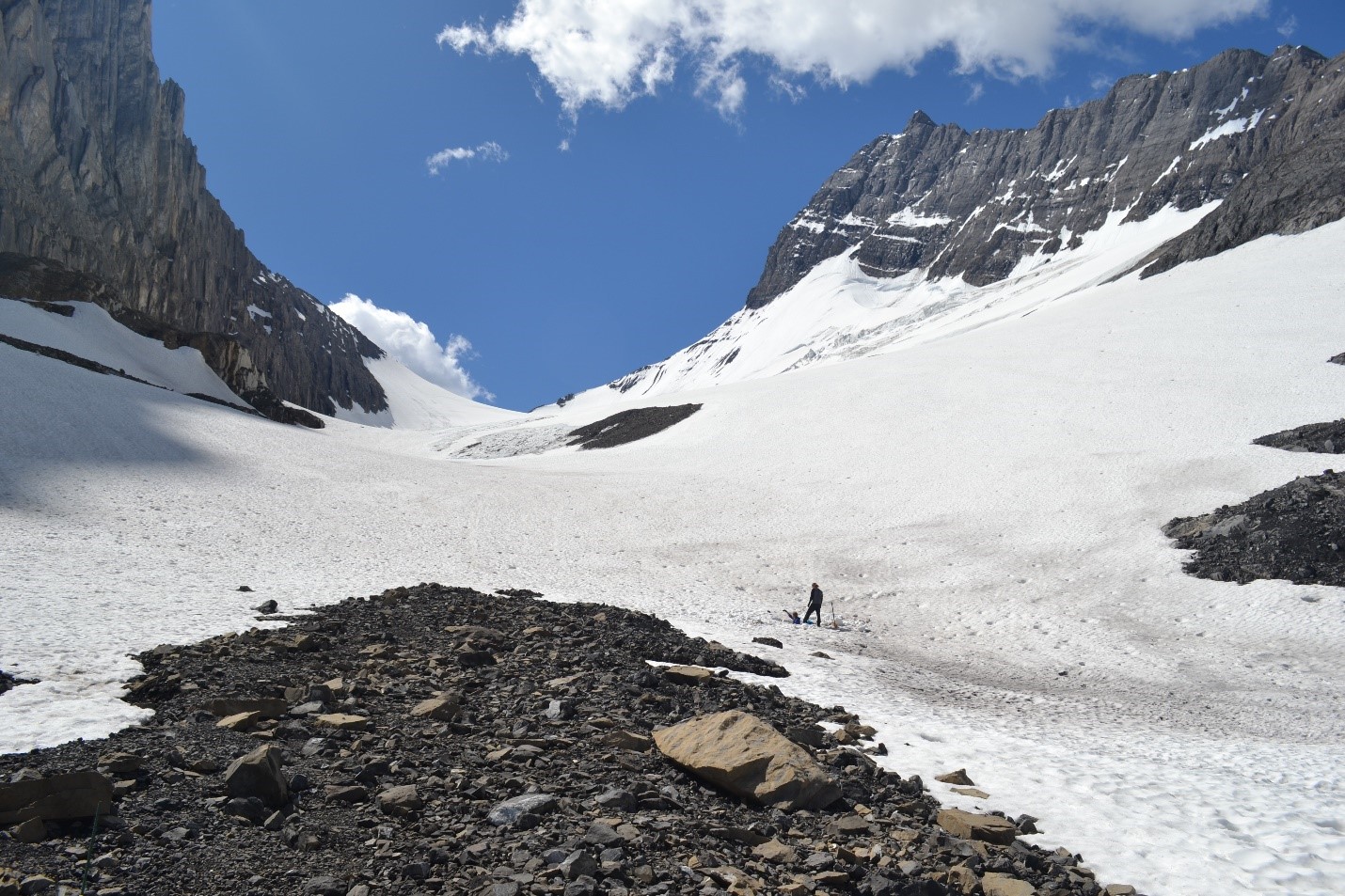A new study which examines the ways water and microbes interact with the bedrock beneath glaciers have found thriving colonies of microbial life that are using hydrogen to survive instead of oxygen; a process that could be replicated in seemingly inhospitable environments on other planets.
The study, which has been conducted by a Montana State University team, used samples of sediment taken from glacial sites in Canada and Iceland to understand how hydrogen, the most common element in the Universe, was being created in cold, dark subglacial terrains.
"We kept finding organisms in these systems that were supported by hydrogen gas," said Eric Boyd at MSU's Department of Microbiology and Immunology and an author on the recent study.
"It initially didn't make sense, because we couldn't figure out where that hydrogen gas was coming from under these glaciers."
Following a series of physical and chemical experiments, the team found that tiny mineral particles produced from silica-rich bedrock that had been ground down underneath ice-laden glaciers, produced hydrogen when combined with glacial meltwater.
Even more fascinating, say the team, was that the microbial communities under the glaciers could combine that hydrogen gas with carbon dioxide to generate biomass.
Biomass is biological material derived from living, or recently living organisms that can be used to generate energy.
The microbes were producing the biomass through a process known as chemosynthesis. This is similar in principle to how plants generate biomass from carbon dioxide through photosynthesis, although chemosynthesis does not require sunlight.
Taking the study a step further, lead author Eric Dunham, a doctoral candidate at MSU, grew samples of the living organisms found in the sediment in a laboratory, and watched them over several months to see if they would continue to grow in the simulated environment.
One of Dunham’s key findings was that the microbes produced different amounts of hydrogen depending on which type of bedrock they lived in.
For example, microbes in samples taken from the Kötlujökull Glacier in Iceland, which sits atop basaltic bedrock, produced much more hydrogen gas than those from the Robertson Glacier in Alberta, Canada, which has carbonate bedrock beneath it.
In addition, said Boyd, when the microbes use hydrogen gas to generate energy, they also pull carbon dioxide (CO2) out of the air to create biomass, replicate and grow.
Sucking CO2 out of the atmosphere is another key process performed by plants and one which is vital to help regulate our climate.
"Considering that glaciers and ice sheets cover about 10 percent of the Earth's landmass today, and a much larger fraction at times in the planet's past, microbial activities such as the ones Eric [Dunham] measured are likely to have had a major impact on Earth's climate, both today and in the past," said Boyd.
"We've known for a while that microorganisms living beneath ice sheets or glaciers can fix carbon, but we never really understood how. What Eric's pioneering work shows is that not only are these organisms completely self-sustainable in the sense that they can generate their own fixed carbon, they also don't need sunlight to do it like the rest of the biosphere that we're familiar with."
This bodes well for scientists looking for life on other worlds, such as on the Jovian moons, Europa and Enceladus. Researchers have long thought that life might be hiding under the thick ice sheets wrapped around these moons even though sunlight is unlikely to penetrate deep below the surface.
With newfound knowledge that self-sustaining microbial communities can flourish in icy environments through the generation of hydrogen gas, it could help future missions such as NASA’s Europa Clipper and ESA’s JUICE - JUpiter ICy moons Explorer - programme planned for launch in 2022, hone in on suitable areas to explore.
"There's lots of evidence for ice and glaciers on other planets," Boyd said. "Are they habitable? We don't know. Could there be microbes living under ice sheets on planets with bedrock similar to those that Eric [Dunham] studied? Absolutely. There's no reason to think otherwise."
This research was published recently in the journal Proceedings of the National Academy of Sciences.











